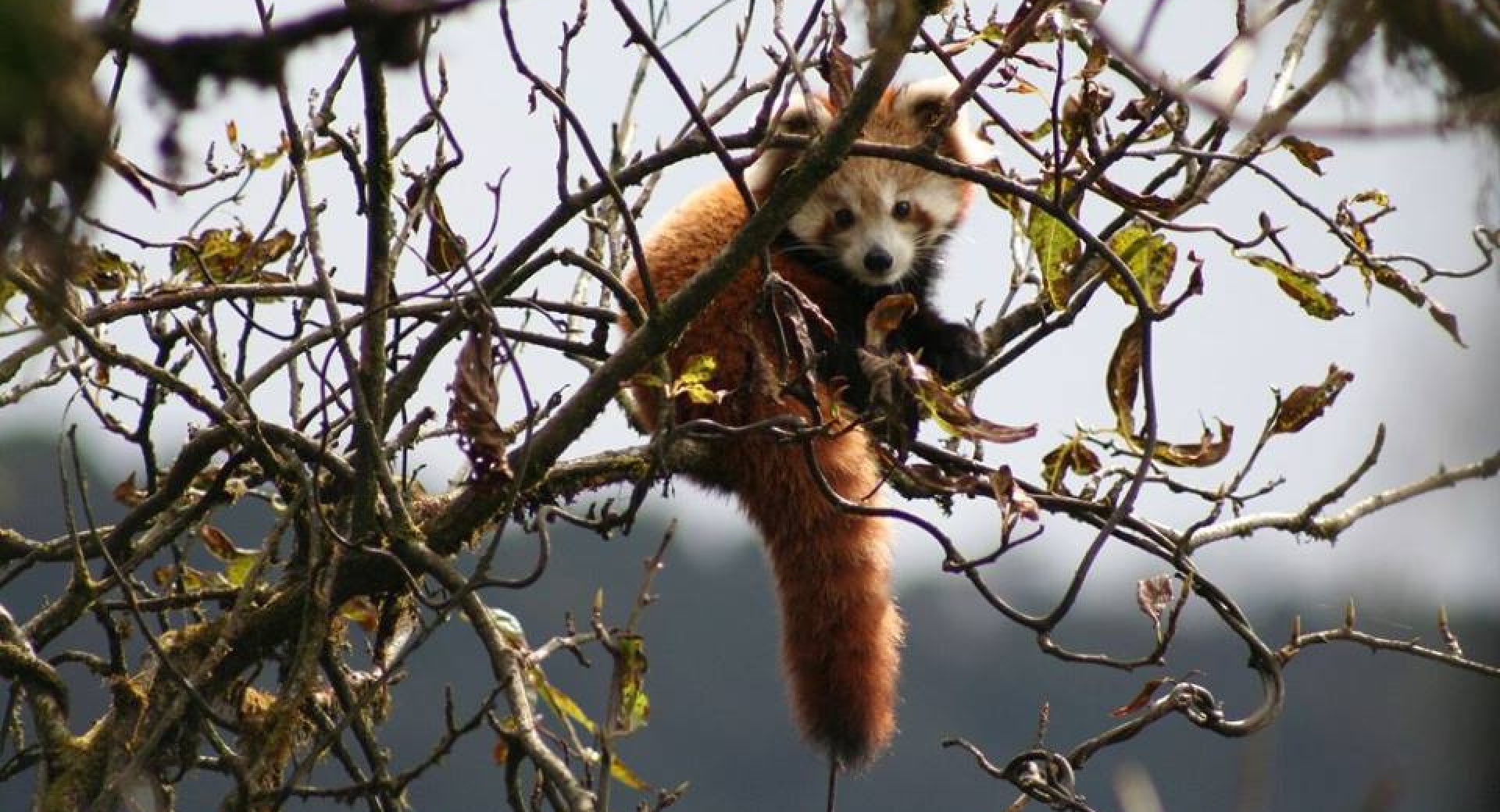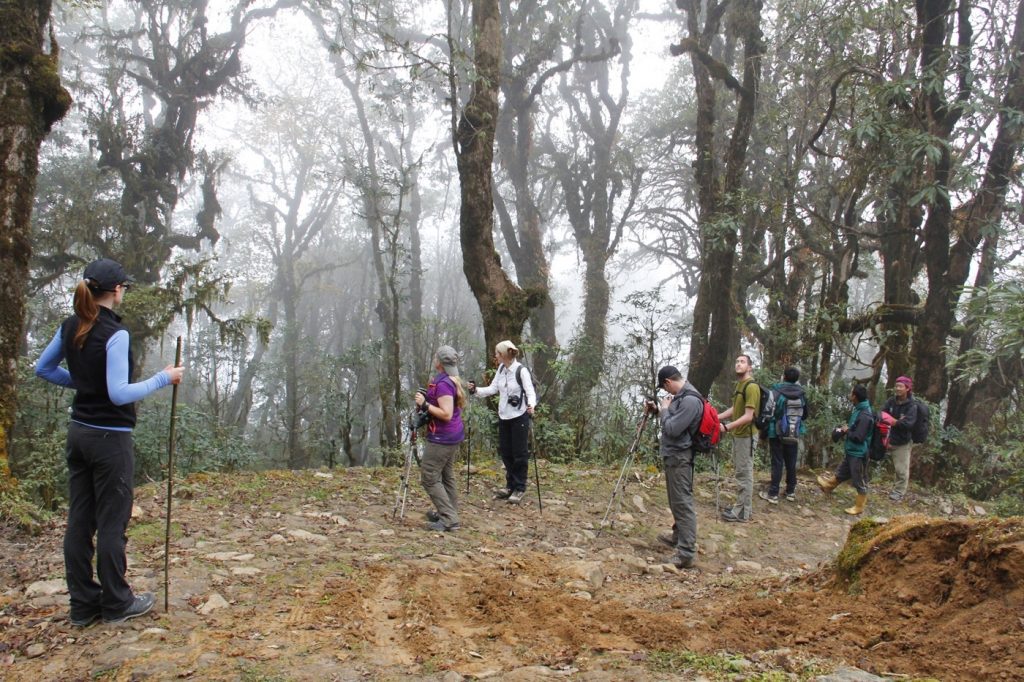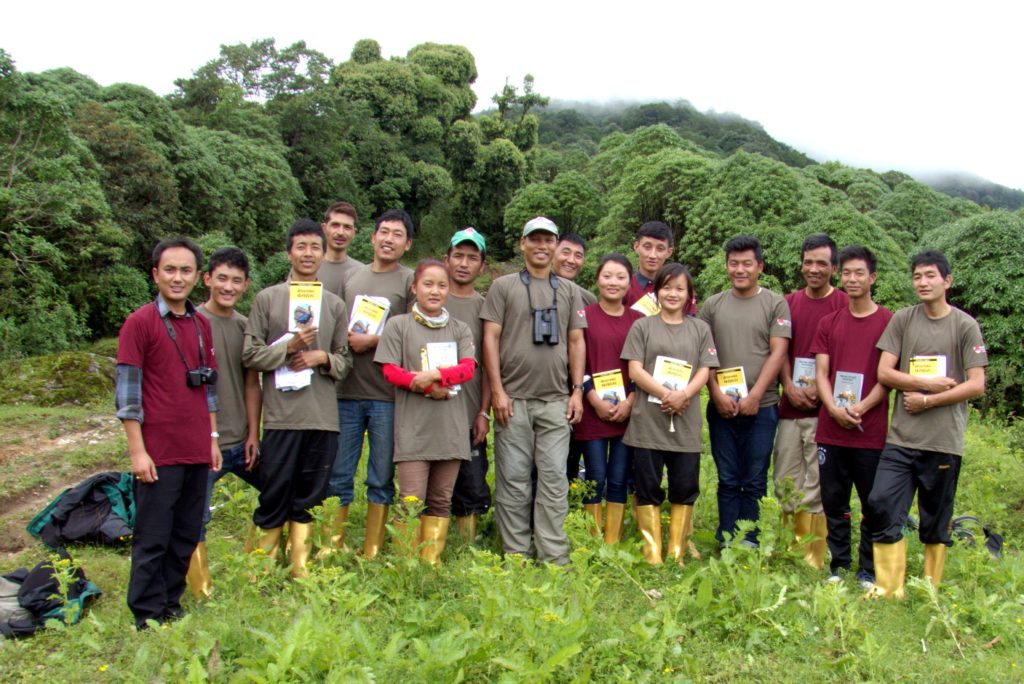A Unique Strength: How Ecotourism Can Save the Wild

Not everyone is familiar with the term “ecotourism” or the concept behind it, but even those who are don’t always understand the full extent of its impact. Essentially, ecotourism is an alternative to mainstream tourism that allows travelers to vacation in a more environmentally and economically responsible manner. When properly implemented, ecotourism minimizes waste, pollution and other byproducts of tourism; supports local businesses rather than multinational conglomerates; and promotes the preservation of indigenous cultural heritages threatened by globalization’s homogenizing influence. However, while these are all valuable benefits, there is another, even more significant advantage ecotourism can provide: industry.
When it comes to environmental protection, the word “industry” tends to have a negative connotation. After all, the conversion of wild spaces into farmland for agriculture and manufacturing is a primary cause of habitat loss for threatened species. What’s worse, wildlife conservation efforts often have to compete with these industries and the corporate interests that drive them, resulting in a real David-versus-Goliath situation. To even these seemingly impossible odds, conservation organizations have found that the best approach is to beat industry at its own game. How? By creating its own industry: ecotourism.

Unlike most conservation strategies, ecotourism has the ability to create sustainable sources of income for local communities. By making wildlife areas profitable in a way that doesn’t involve cultivating them for consumption, it gives communities a practical incentive to keep wild spaces wild. In this way, ecotourism possesses a unique strength that, when properly implemented, may actually be able to save the wild.
There are several examples of how ecotourism’s unique strength is helping to preserve wild spaces worldwide. In Kompong Thom, Cambodia, the non-profit Sam Veasna Center facilitates wildlife viewing trips in grasslands that are home to several rare and threatened bird species, most notably the Bengal Florican, of which there are an estimated 1,000 in existence. Through its ecotourism program, the Sam Veasna Center provides sustainable livelihoods for local communities and preserves conservation sites that might otherwise be cultivated for rice production. About 24 percent of each tourist’s fee is given to the village for conserving the wetland area, while another 15 percent goes to pay for local services. On average, local communities receive roughly $20,000 annually through their contracts with SVC.
Another example of ecotourism in action can be found in Hoedspruit, a town in the Limpopo province of South Africa, which is home to an array of threatened species, including rhinos, cheetahs and South African wild dogs. As one of its many conservation-related activities, the Hoedspruit Endangered Species Centre (HESC) hosts its Wildlife Conservation Experience, a 3-week program that gives travelers an opportunity to participate in the center’s vital work. Through the revenue created by this program, HESC seeks to demonstrate how conservation activities can be an economically viable alternative to harmful practices like poaching, overfarming and the selling of indigenous firewood.
The Red Panda Network (RPN) also utilizes ecotourism in its efforts to protect the habitat of the endangered red panda in Eastern Nepal. The organization facilitates several ecotrips year-round, giving participants the opportunity to engage in red panda tracking and other research-related activities. Ecotrippers also have the opportunity to immerse themselves in the culture and history of Nepal, including community interactions, tours of ancient sites and scenic views from the Himalayan peaks.

Nearly 60% of the revenue generated from ecotourism goes toward funding the Network’s conservation work, including field research, habitat protection, outreach programs and sustainable livelihood-related activities. However, according to RPN Program Manager Damber Bista, this funding is not nearly as impactful as the economic incentives ecotourism provides for the local communities. “There is a saying that goes, ‘Conservation cannot happen on an empty stomach,’” he explains. “What this means is that the local community needs a strong motivation for supporting and taking part in conservation efforts. With this in mind, we identified ecotourism as one of the best tools for getting the community invested in our work. Our ecotourism program gives local residents livelihood opportunities such as providing hospitality services and serving as nature guides. Thanks to these and other economic incentives of red panda-based tourism, the community continues to be supportive and actively engaged in our conservation program.”
 RPN Forest Guardians during Nature Guide training.
RPN Forest Guardians during Nature Guide training.
As demonstrated in Eastern Nepal and other parts of the world, ecotourism isn’t just a more conscientious way to travel – it’s a vital industry that protects wildlife areas and the threatened species that inhabit them. Damber Bista concurs: “I don’t think joining one of our ecotrips is merely a vacation, rather it’s a great contribution to conserve the Himalayan broadleaf forests and their inhabitants, including the red panda.” So, if you’re looking to do some international traveling, consider making it a trip that will not only be a life-changing experience, but a world-changing one.
Click here to learn more about our ecotrip adventures! If you are interested in joining one please email us at ecotrip@redpandanetwork.org.
James Florence
Writing and Communications Volunteer
Red Panda Network
